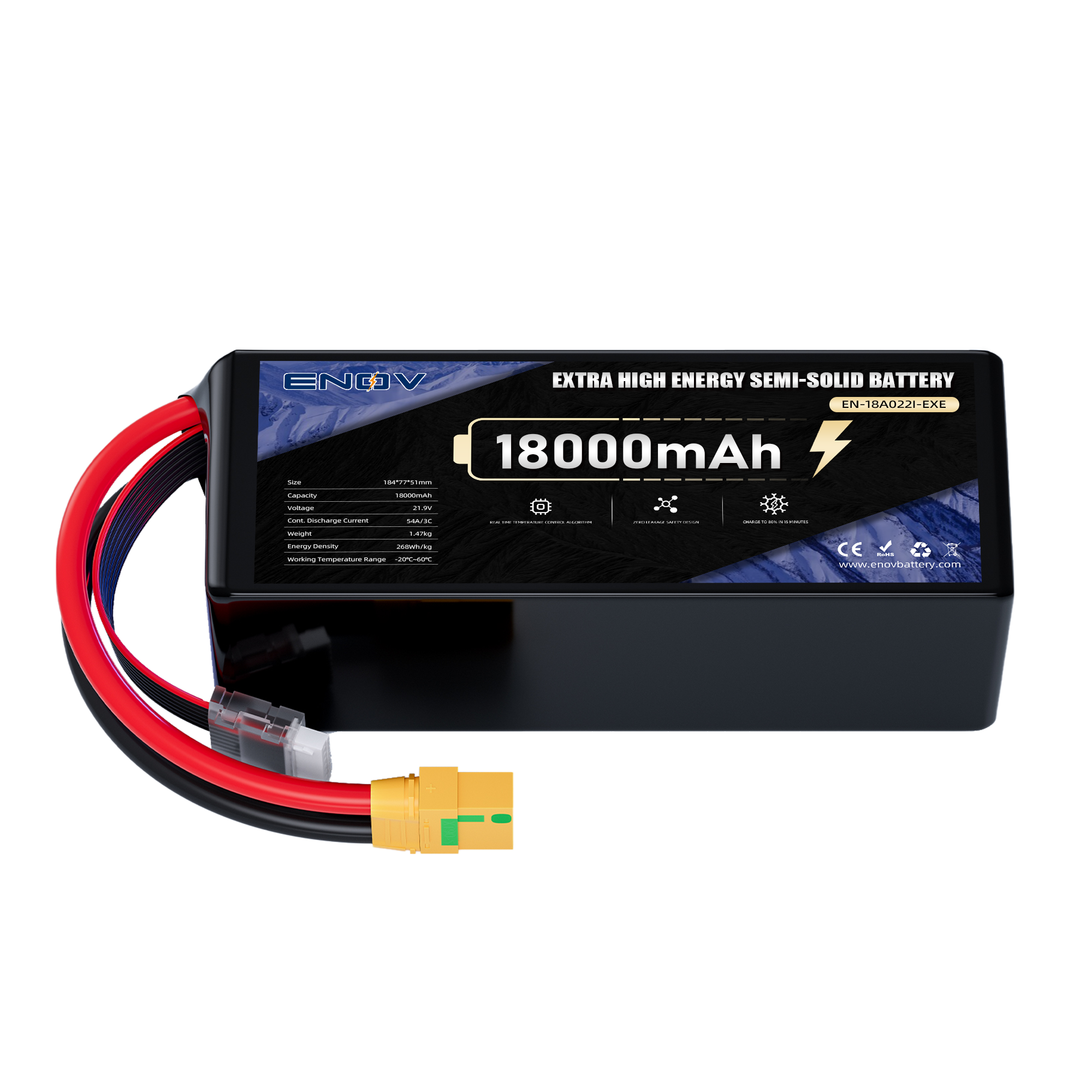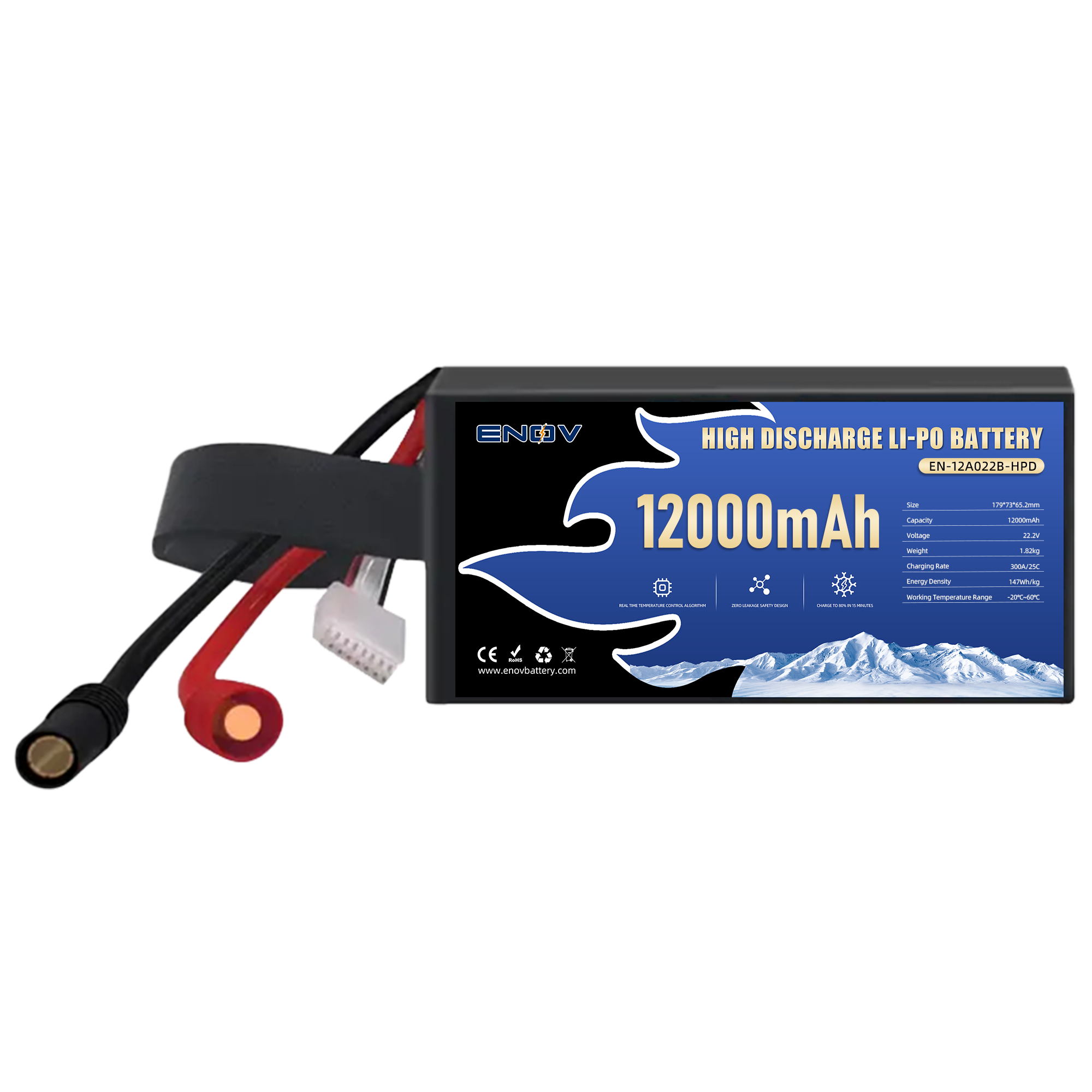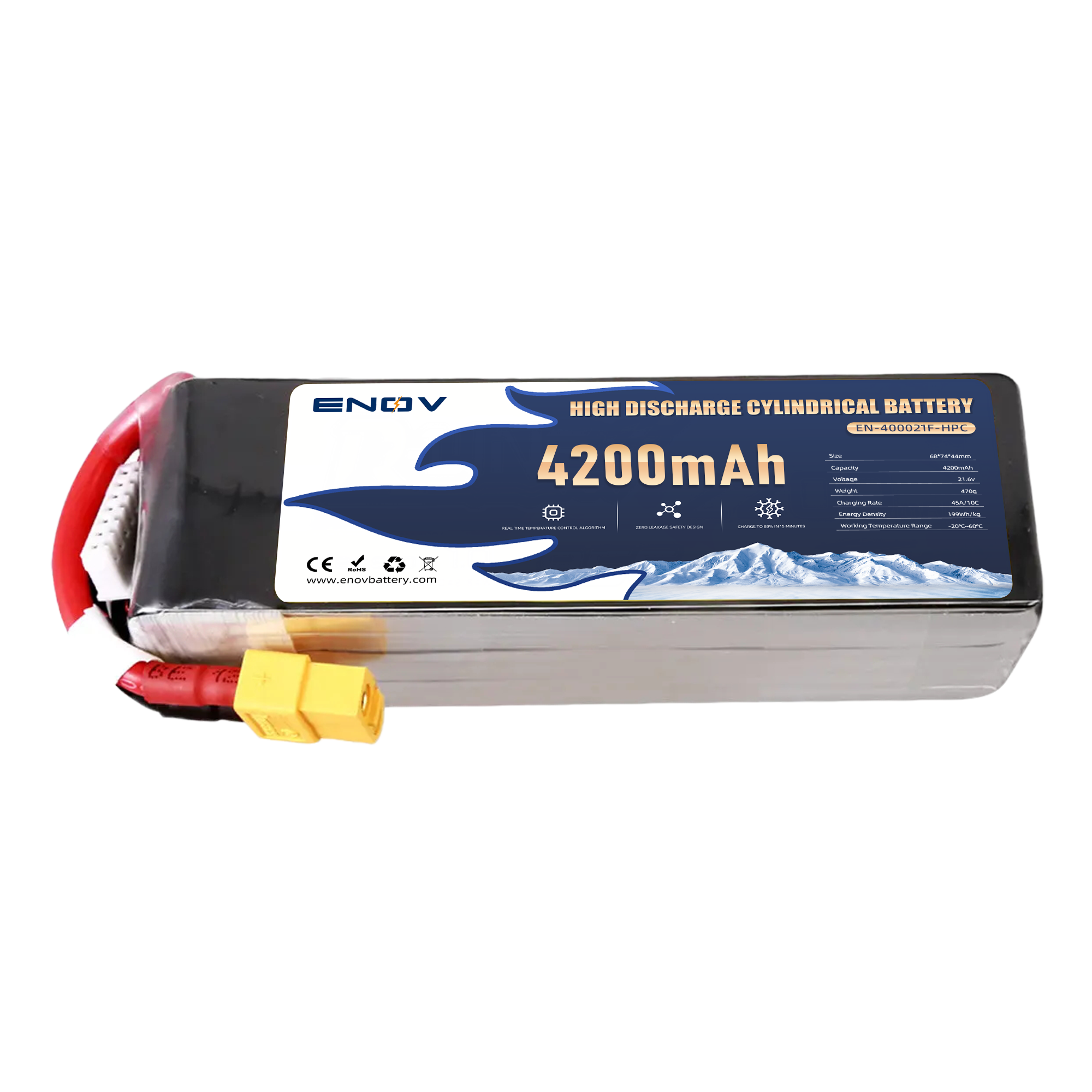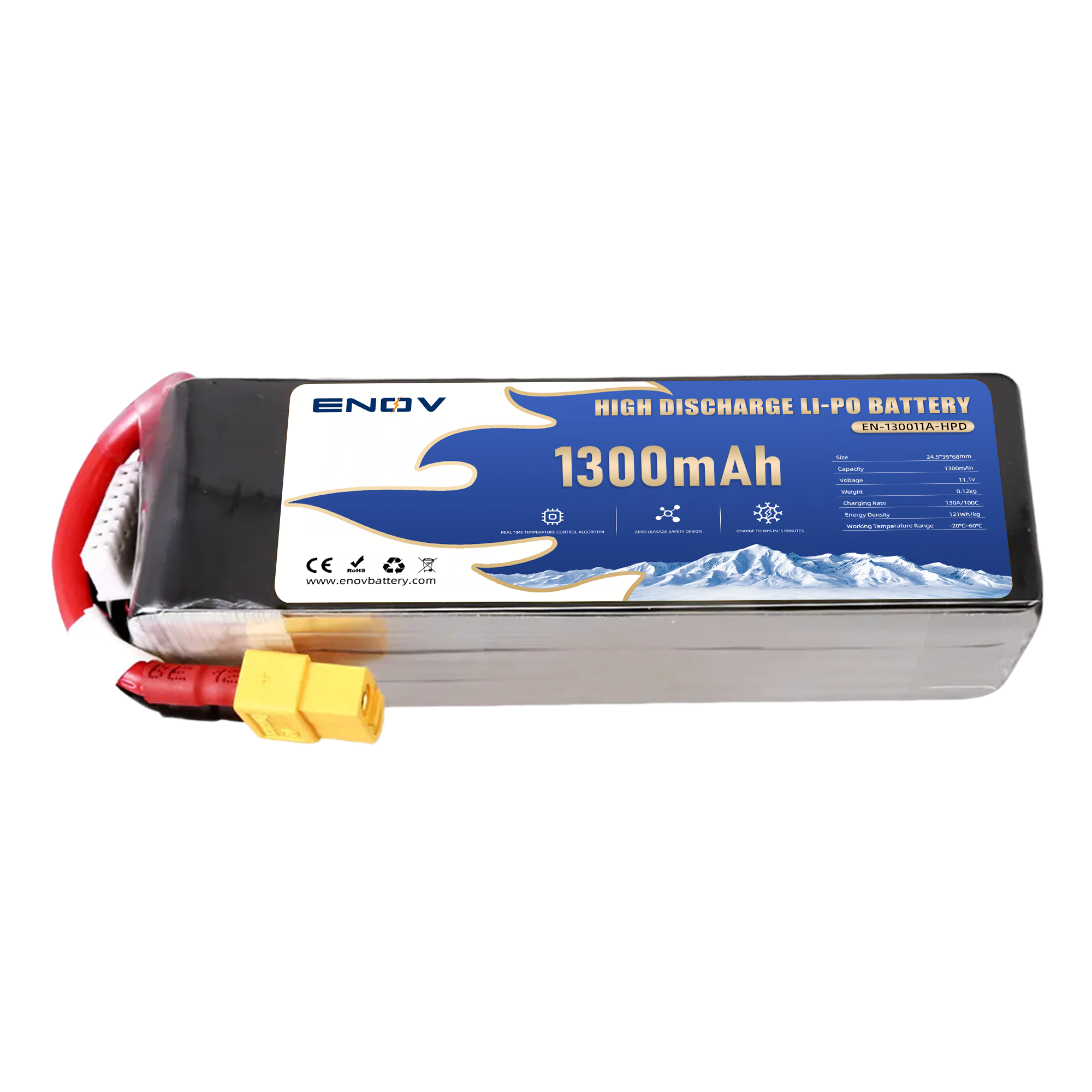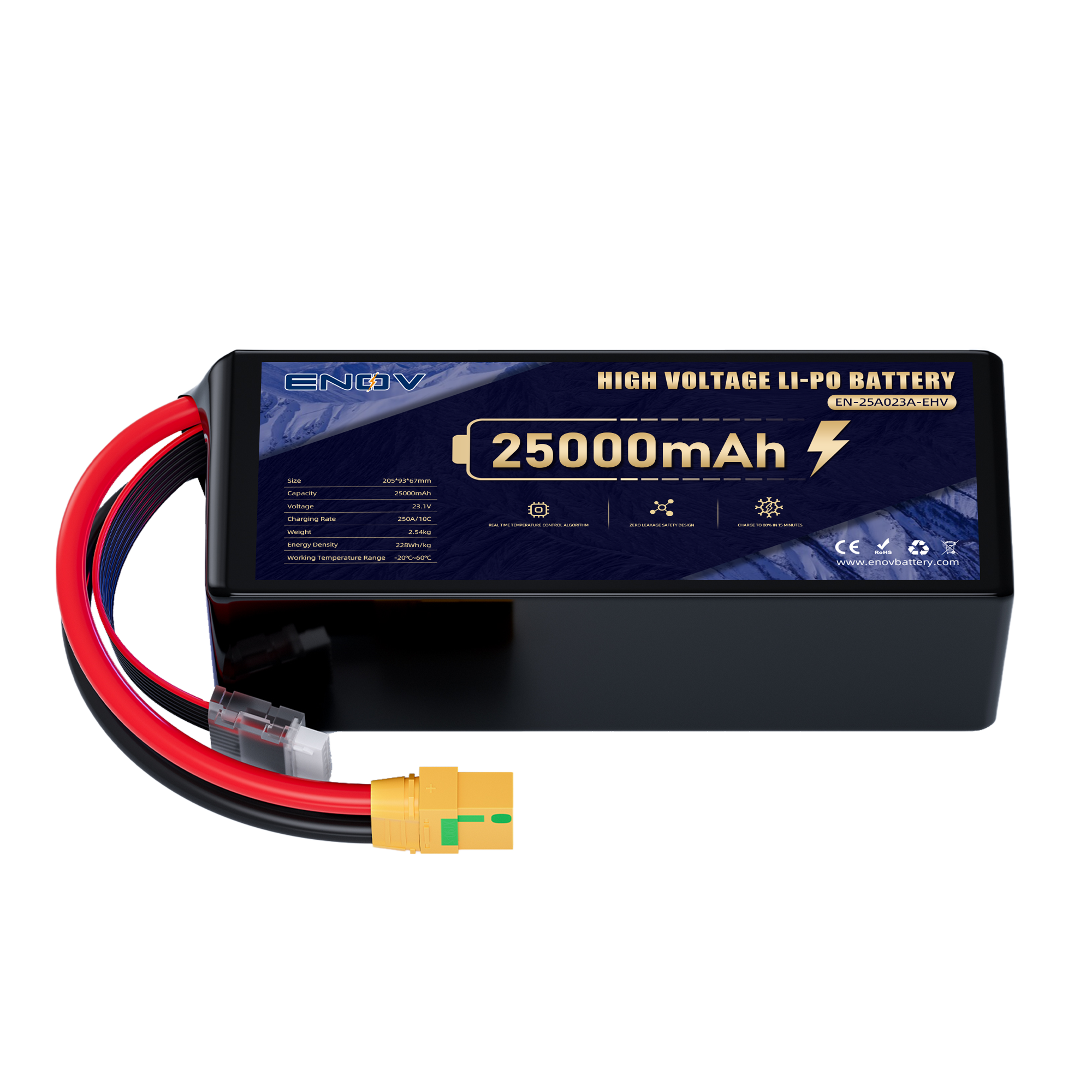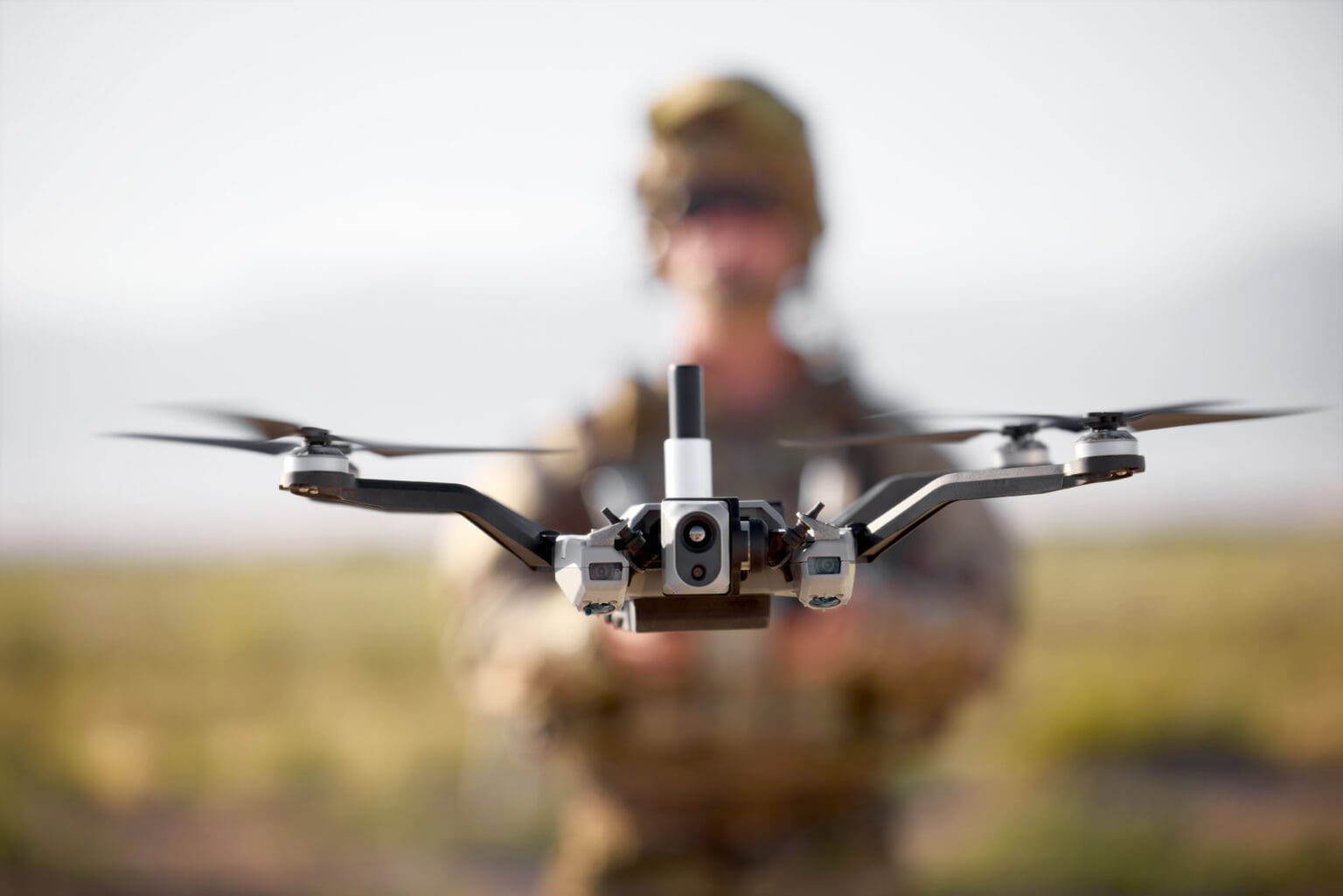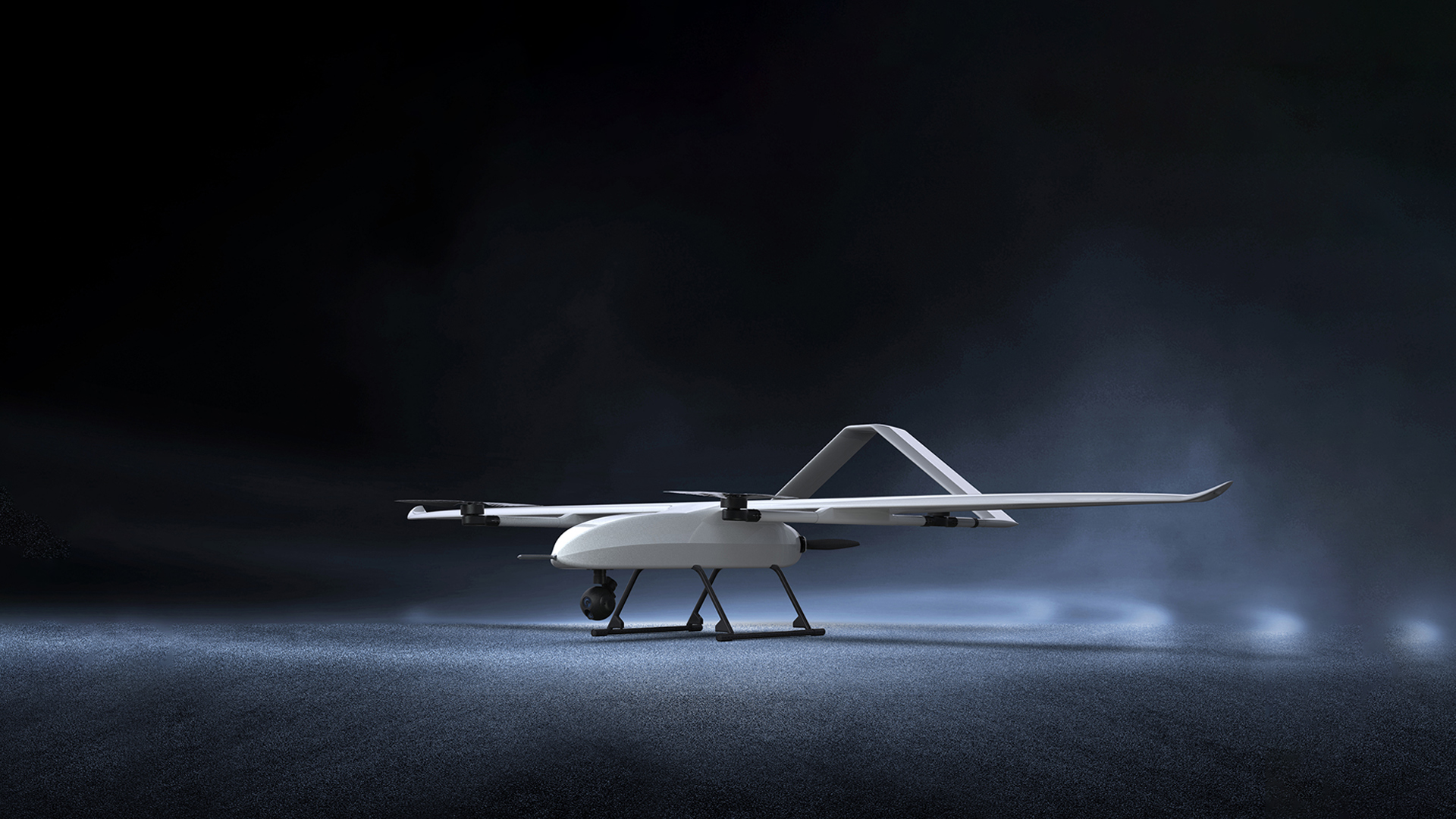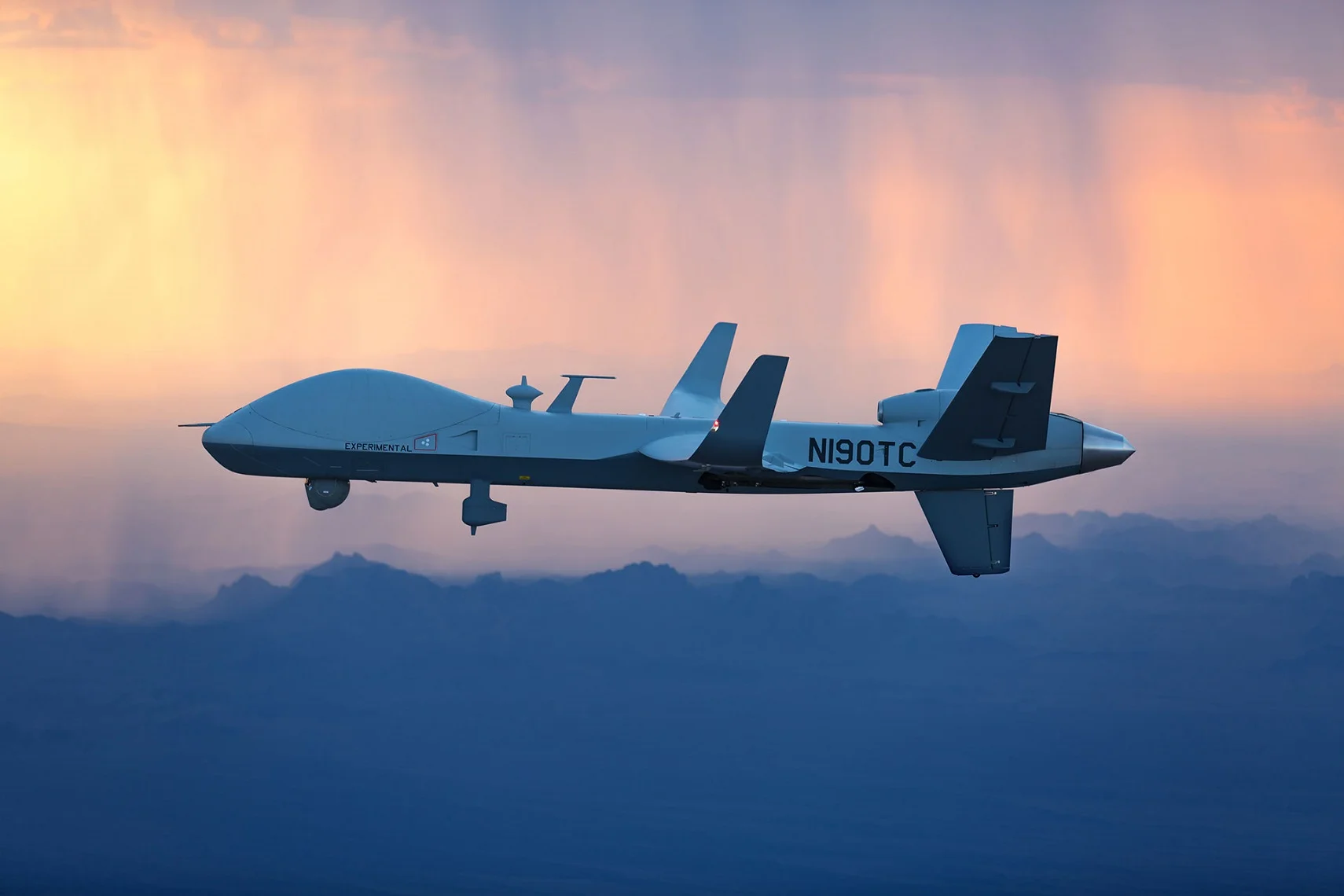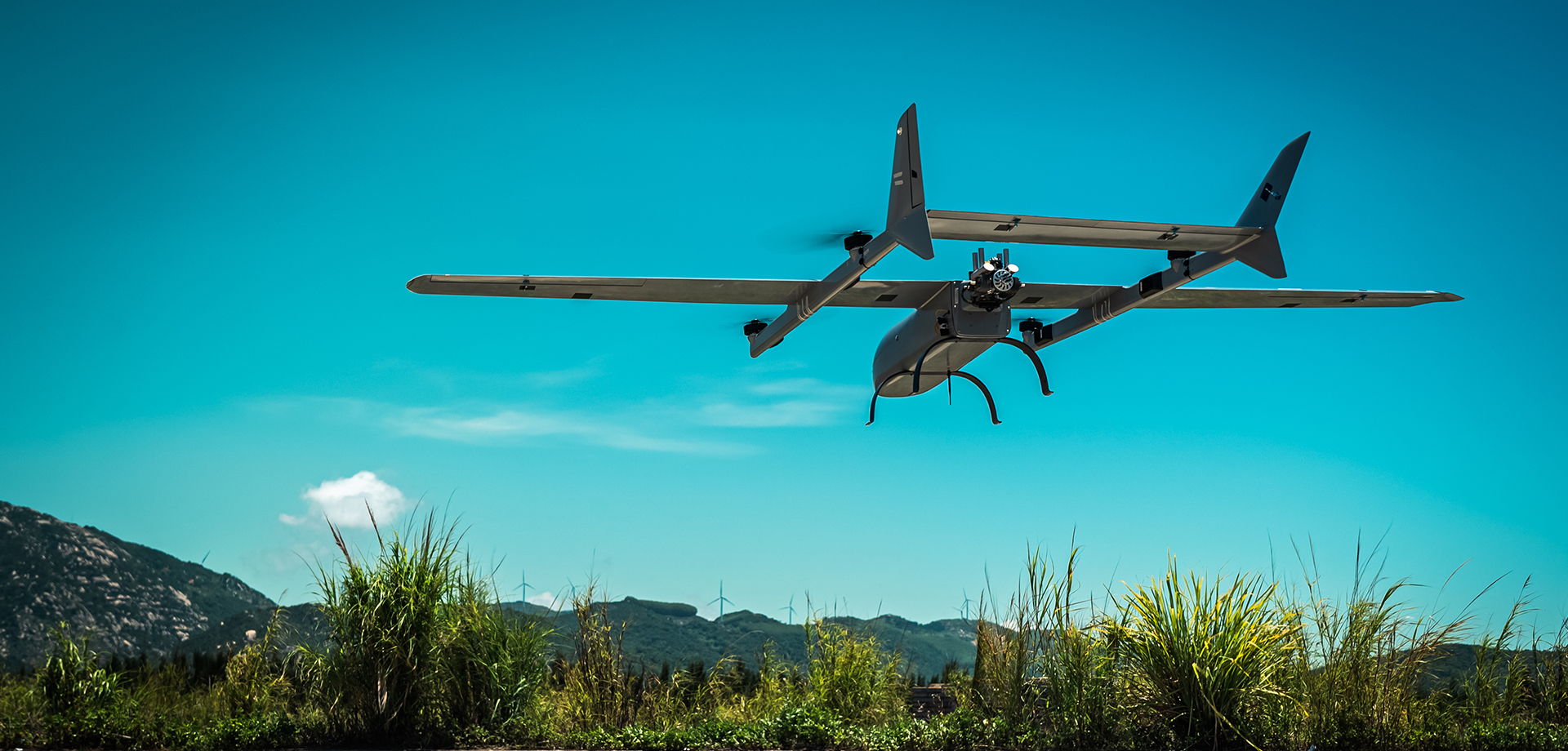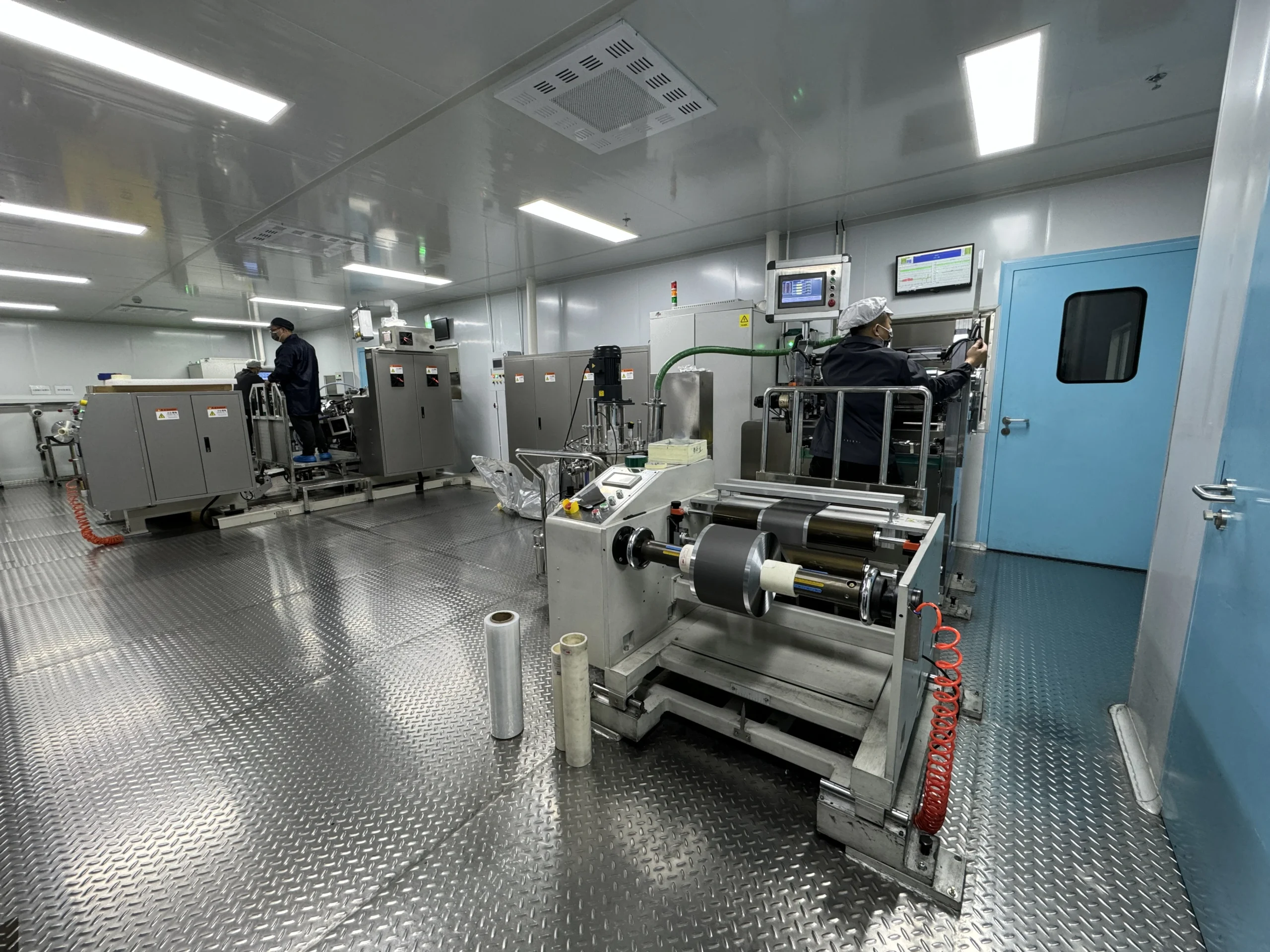Low-Carbon Manufacturing:
Cleaner Production Processes Powering Green Drone Batteries
As global industries pivot toward sustainability, low-carbon manufacturing has emerged as a cornerstone for producing eco-friendly drone batteries.
By minimizing greenhouse gas emissions, optimizing energy use, and prioritizing renewable resources, manufacturers are redefining how batteries are made and used.
This article explores the technologies and strategies driving cleaner production processes, ensuring drones contribute to—rather than compromise—a greener future.
thrust
1. Renewable Energy Integration: Powering Factories Sustainably
Modern facilities are slashing emissions by replacing fossil fuels with clean energy:
• Solar-Powered Plants: Factories like CATL’s "zero-carbon" facilities use rooftop solar panels to cut CO2 emissions by 60% per kWh produced.
• Wind Energy Partnerships: Offshore wind farms supply 100% renewable energy to battery plants in Northern Europe, achieving carbon-neutral production.
• Hydroelectric Cooling Systems: Water-driven cooling reduces energy consumption by 40% during high-temperature manufacturing phases.
For example, a leading drone battery brand reduced its carbon footprint by 75% after switching to solar-powered assembly lines.
2. Material Efficiency: Less Waste, More Value
Advanced techniques optimize raw material use while maintaining performance:
• AI-Driven Precision: Machine learning algorithms minimize cobalt and nickel waste by 30%, tailoring electrode coatings to micron-level accuracy.
• Recycled Inputs: Up to 50% recycled lithium and aluminum are used in new batteries, cutting mining demands and emissions.
• Closed-Loop Water Systems: Factories recycle 90% of water used in chemical processes, preventing resource depletion.
These innovations help manufacturers reduce material-related emissions by 45% without compromising battery lifespan.
3. Supply Chain Localization: Cutting Transport Emissions
Regional sourcing and production minimize carbon-heavy logistics:
• Local Raw Material Sourcing: Procuring lithium from nearby mines reduces transport-related emissions by 60% in North American operations.
• Modular Micro-Factories: Small-scale production hubs near urban centers slash cross-continental shipping needs for end-users.
• Carbon-Neutral Packaging: Biodegradable materials sourced within 200 miles further shrink the supply chain footprint.
A case study showed European drone battery plants cut logistics emissions by 55% through localized sourcing.
4. Industry Applications: Sustainability in Action
Low-carbon batteries enable greener drone operations across sectors:
• Precision Agriculture: Batteries produced with 70% renewable energy power drones that reduce fertilizer use by 25%, lowering farm emissions.
• Renewable Energy Inspections: Solar-made batteries inspect wind turbines and solar farms, creating a closed-loop sustainability cycle.
• Eco-Delivery Networks: Urban delivery drones using low-carbon batteries replace 15% of gas-powered vehicles in pilot cities.
5. Future Trends: Toward Net-Zero and Beyond
Next-gen innovations aim to eliminate emissions entirely:
• Carbon Capture Systems: Experimental factories absorb CO2 during production, turning it into raw materials for electrolytes.
• Hydrogen-Powered Kilns: Replacing gas-fired kilns with hydrogen cuts furnace emissions by 90% in cathode production.
• Blockchain Accountability: Immutable ledgers track emissions at every production stage, ensuring transparency for eco-conscious buyers.
Conclusion
Low-carbon manufacturing is not just a trend—it’s the blueprint for sustainable drone battery production.
By harnessing renewable energy, optimizing materials, and localizing supply chains, the industry is proving that high-performance batteries can coexist with planetary health.
As technologies advance and regulations tighten, cleaner production processes will drive the next era of eco-friendly innovation, powering drones that protect both productivity and the planet.
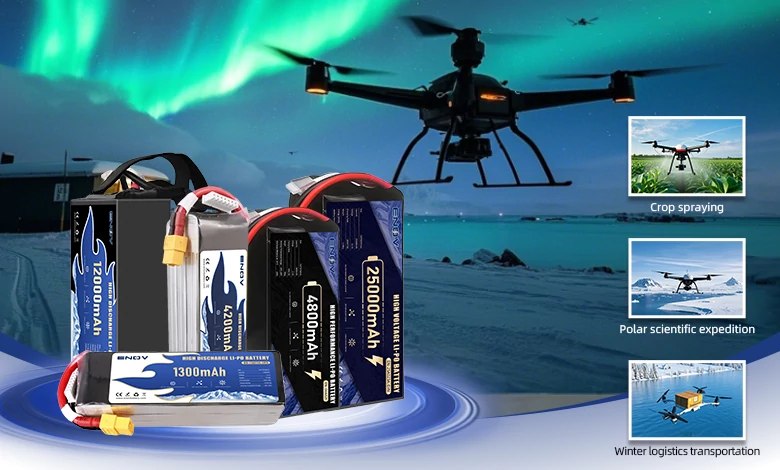
UAV DRONE battery
Enov UAV battery has the most advanced UAV battery new technology, it has a lightweight structural design, ultra-high energy density, stable continuous discharge, customized ultra-high instantaneous discharge, wide temperature working range, stable charge and discharge, battery materials can choose high nickel terpolymer positive/silicon carbon negative material system combined with semi-solid battery technology. Or choose a more mature application of more UAV lithium battery technology, available UAV battery nominal voltage 3.7V, capacity 18.0Ah ~ 30.0Ah, support 10C continuous discharge and 120C pulse discharge (3 seconds). With ultra-high energy density (220-300Wh/kg) as its core advantage, Enov UAV batteries can meet the needs of long-term endurance scenarios such as plant protection drones and transport drones, while maintaining stable emission performance in extremely low temperature environments (-40℃).
Other products
START-STOP LITHIUM BATTERY
LITHIUM ENERGY STORAGE BATTERY
QUICK INQUIRY
FAQ
Access to high frequency technical questions with one click, get accurate answers on product application, after-sales policy and customization process.
Service and Support
Get the latest product specifications, explore professional OEM/ODM customization services, click to open exclusive technical support and production solutions.
Become a Partner
We sincerely invite resources to interconnect, work together for win-win development, and immediately open a new chapter of strategic cooperation!
